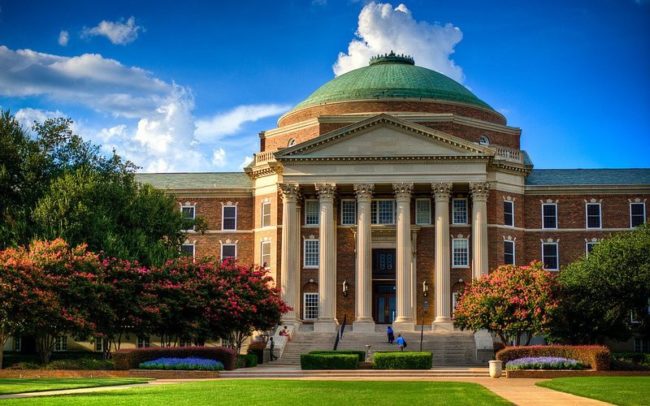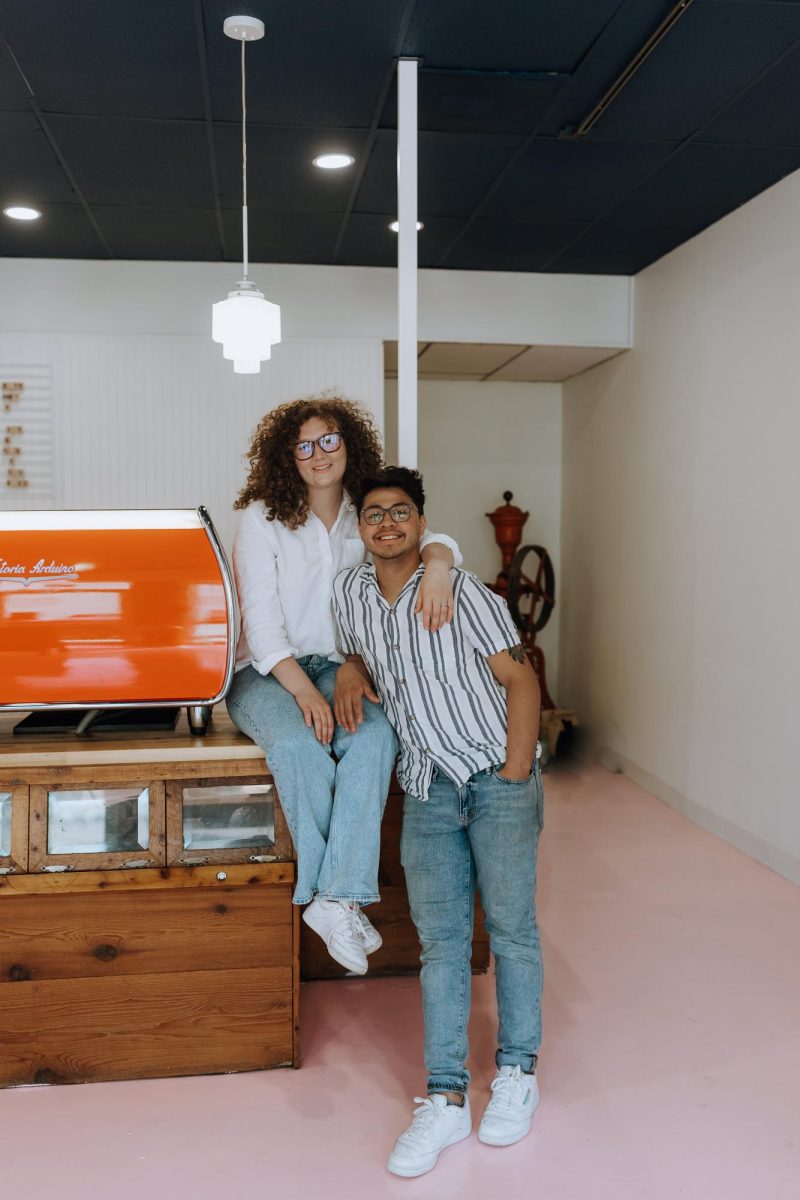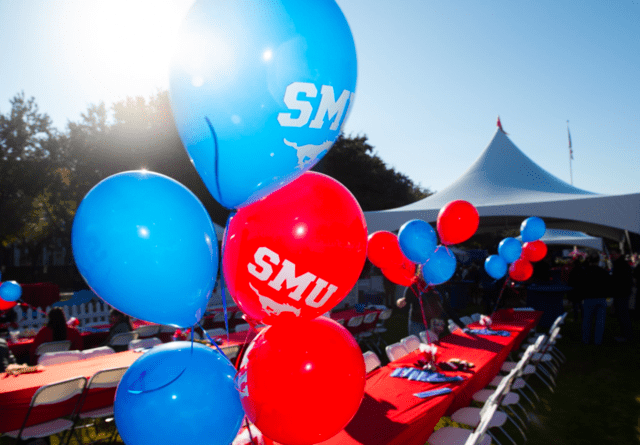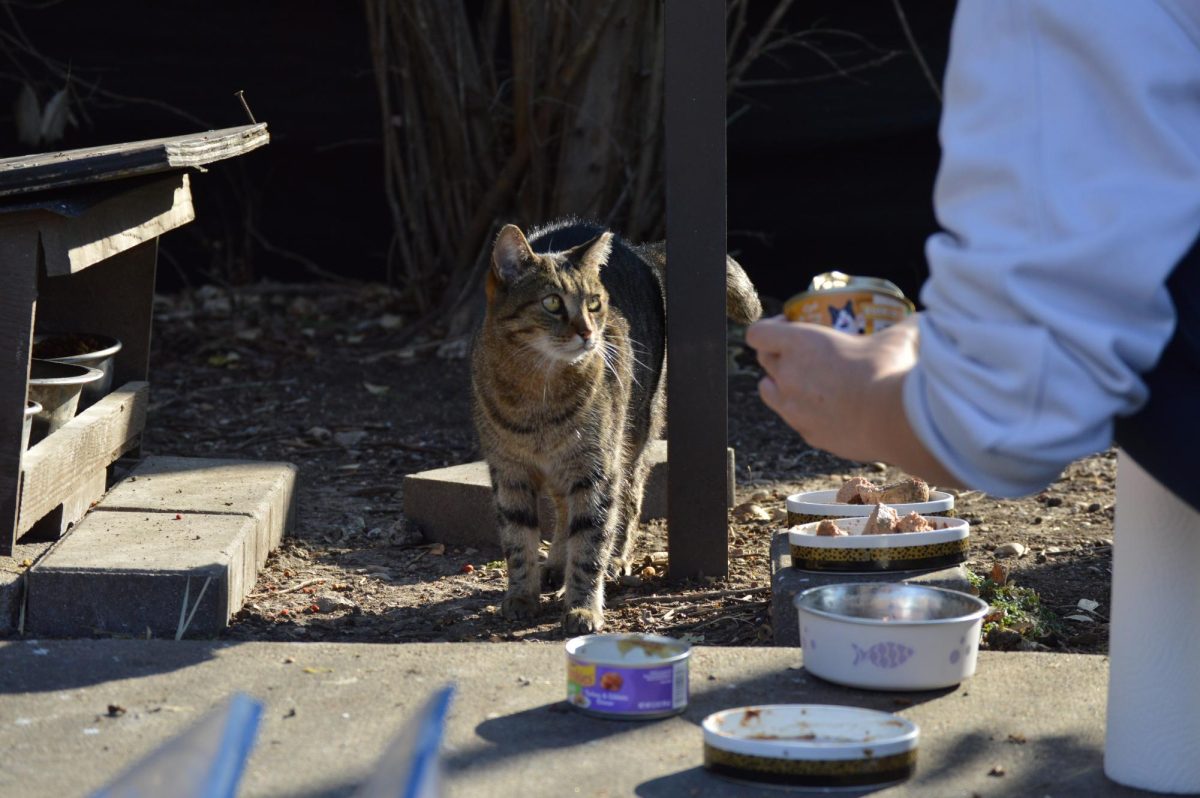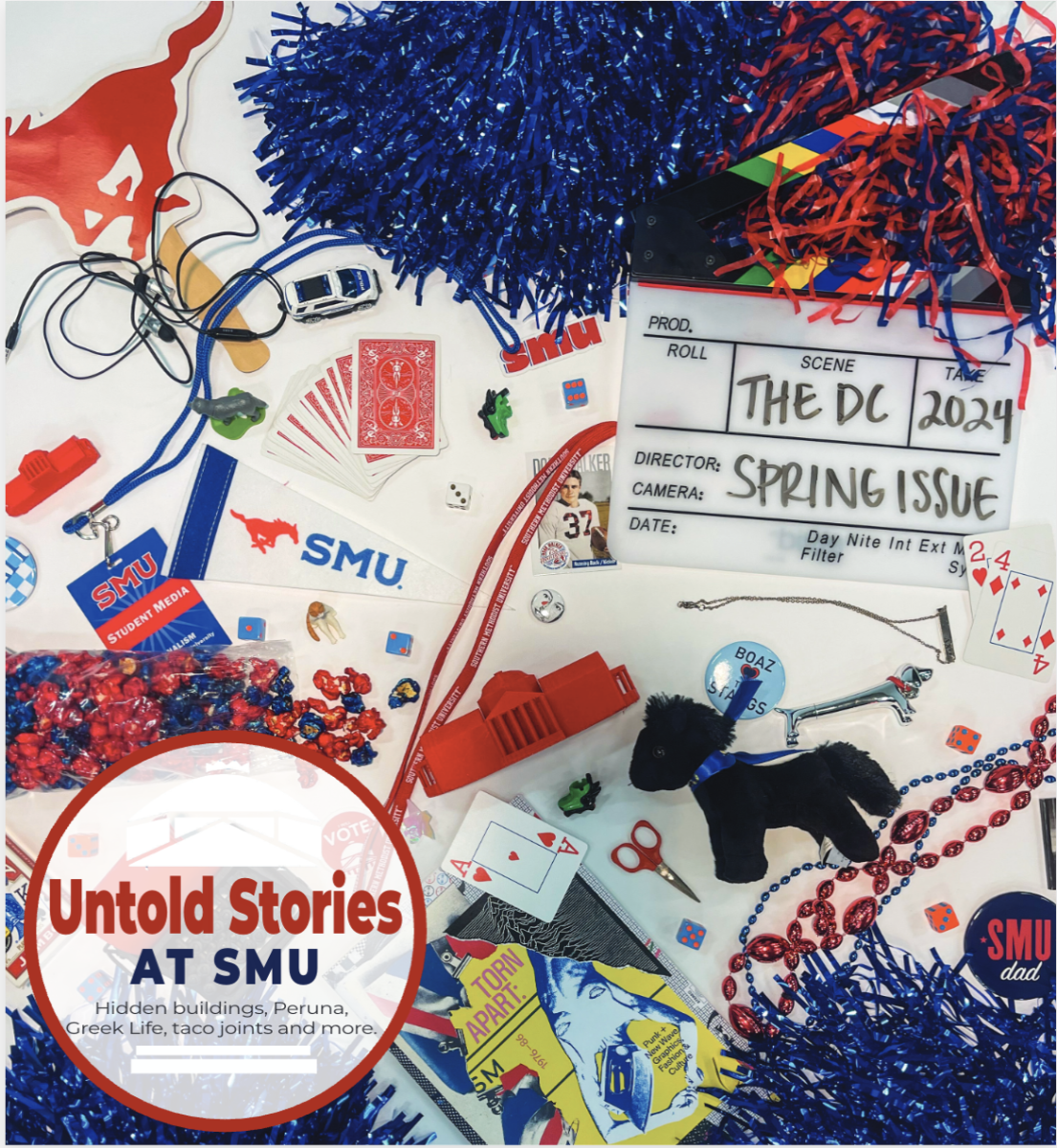Yale blue and Harvard red.
That is what SMU’s colors were chosen to signify: an ambitious spirit and a drive to reach the top. Its students live up to those expectations through their rigorous academic pursuits. With many students taking on two majors or multiple minors, it is not hard to see the diversity of academic interest on campus.
However, for some students, that feels like the only kind of diversity.
First-year Aanika Gupta felt this as soon as she walked into AARO and realized that almost no one looked like her. Walking towards her assigned group, Group 9, she was acutely aware that she was the only person of color.
“I never felt any hatred toward me,” Gupta said. “I was never attacked. I was just aware of it. I’ve always been aware of it.”
Gupta is used to this feeling. For her, it has been this way since high school.
“Coming from my high school, I was one of two Indian girls in my class of about a hundred,” Gupta said. “There, you could tell that you are a minority.”
SMU has been aware of this and has been trying to change. There was an increase in students of color this year, especially in the Latino and Asian population, due to the diversity initiatives and improving cultural awareness in this campus.
These diversity initiatives from the last few years have been successful in gradually increasing the minority population on campus.
Creesha Anthony Hardee was the Graduate Assistant for Multicultural Recruitment and Success last year. She worked with the Office of Undergraduate Admissions and the Office of Social Change and Intercultural Engagement.
“On the recruitment side, I worked a lot of admissions events and gave presentations for when visitors came,” Hardee said. “We also do Dallas ISD Day and provide 25 schools from DISD, mainly the seniors, a glimpse of the school.”
Last year there were about 15 schools with 200 students at Dallas ISD Day. According to the Dallas Independent School District Ethnicity Breakdown, in 2018, 21.7 percent of students are African Americans and 70 percent of students are Hispanic. SMU often works with these students to make sure they know what this campus has to offer.
Other events that SMU has is the Multicultural Fly-In and the Multicultural President’s Reception.
“We reached out to students of color who had not been on campus before,” Hardee said. “We flew out 28 students last year. Out of the students that participated, three of them enrolled. Remember, these are really high-achieving students, so a lot of them had scholarships and offers elsewhere too.”
Hardee said these events benefit potential students because it gives them an opportunity to see that there is a population on campus that looks like them. She also said just knowing that there is an Indian Student Association (ISA), Association of Black Students (ABS), or College Hispanic American Students (CHAS) on campus diminishes anxieties.
“A lot of students are really in touch with their culture and want to be involved on campus in different ways,” Hardee said.
Sophomore Scotlin Alexandria is involved with the Black community on campus. She is a part of the ABS and Sisters Supporting Sisters.
“A big thing I wanted to do was to find that community so I have something to come back to,” Alexandria said. “I can lay my roots in this community and go spread out elsewhere.”
Alexandria has benefitted from being a part of these communities, but she was not used to feeling like a minority before she came to SMU.
“I didn’t come from a background where my color was so important,” Alexandria said. “When I came here, it became a topic of conversation every time. Sometimes I get tired of the conversation and being on defense, but it makes sense because we are such a small part in such a large university.”
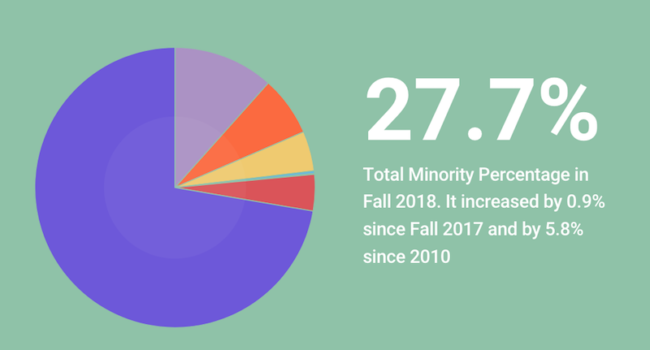
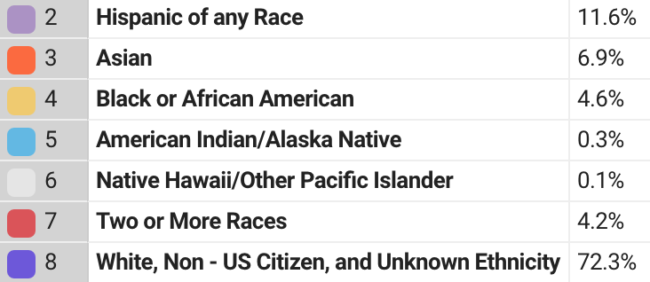
(SMU’s report, “Gender and Race/Ethnicity Comparisons by Level of Student for Previous 5 Years” details the shifting demographics of the university’s population over time.)
Alexandria also recognized a lack of understanding between the minority and the majority on campus.
“You do notice that because you are a minority, some of the things that come along with having a college experience is [sic] harder to have because people are already so quick to judge,” Alexandria said. “Like ‘Okay, so since she’s Black, she’s not going to want to be our friend.’”
Maria Dixon Hall, the Senior Advisor to the Provost for Campus Cultural Intelligence Initiatives, hopes to facilitate this communication better through SMU’s CIQ program for cultural intelligence.
She defines diversity as the number of different types of people around the table, while inclusion is the number of different people around the table who are able to contribute significantly in terms of voice, leadership and power.
“When we come to cultural intelligence, we are concerned about the number of different people around the table and how they relate and talk to each other on a day-to-day basis,” Hall said.
She also praises Dean of Undergraduate Admissions Elena Hicks.
“I think Dean Hicks does a fantastic job balancing all of this to give us the class we have right now,” Hall said. “They work very hard.”
Overall, the diversity of SMU campus has increased in the last few years. However, students of color, like Alexandria and Gupta, still hope for more representation and less of a divide.
Gupta said that she has had a good experience on campus thus far and her preconceived notions on the school have been broken.
“SMU has a good number who are the stereotypes, but if you get yourself involved you meet so many other people who are not like that,” Gupta said. “There are so many down to earth people who share the same values as you.”



